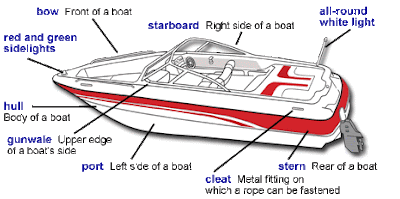I
don’t understand.
I
don’t know.
Pardon?
/ Excuse me? / I’m sorry, I didn’t hear what you said.
Can
/ Could you repeat that, please?
Would you mind repeating that, please?
Would you mind repeating that, please?
Could you say that again, please? / I'm sorry, I didn't catch what you said.
Do
you mind if I open the window?
Yes, certainly. / Please don’t. It’s very cold.
May
I please go to the restroom/toilet?
How
do you spell “maintenance”?
m-a-i-n-t-e-n-a-n-c-e
How
do you say “manutenzione dello scafo” in English?
We say “hull maintenance.”
What
does “hull maintenance” mean?
It’s the care or
upkeep of the hollow, lowermost part of a boat or ship.”
Could you repeat the instructions, please?







